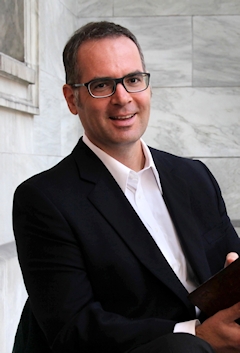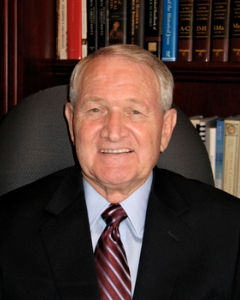2013 York Christian Apocrypha Symposium Profiles: Lorenzo DiTommaso
This year's York Christian Apocrypha Symposium, “Forbidden Texts on the Western Frontier: The Christian Apocrypha in North American Perspectives,” is only a few months away (September 26–28, 2013; mark your calendars). In the weeks leading up to the event, I will be posting here and on the the Symposium web page short profiles of the conference participants. For more information, see the Symposium web page (HERE).
Lorenzo DiTommaso
 Lorenzo DiTommaso is Professor and Chair of the Department of Religion at Concordia University in Montréal. He specialises in the study of apocalypticism, from the book of Daniel to contemporary popular culture. In the field of Christian Apocrypha, he has published several studies on late antique and mediaeval Christian apocalyptic literature and on the transmission of the ancient Jewish "pseudepigrapha" in Christian contexts. For the 2013 York Symposium, Professor DiTommaso will respond to the papers in the session on "New Frontiers in Christian Apocrypha Studies."
Lorenzo DiTommaso is Professor and Chair of the Department of Religion at Concordia University in Montréal. He specialises in the study of apocalypticism, from the book of Daniel to contemporary popular culture. In the field of Christian Apocrypha, he has published several studies on late antique and mediaeval Christian apocalyptic literature and on the transmission of the ancient Jewish "pseudepigrapha" in Christian contexts. For the 2013 York Symposium, Professor DiTommaso will respond to the papers in the session on "New Frontiers in Christian Apocrypha Studies."

 Lee Martin McDonald is President Emeritus and Professor of New Testament Studies at Acadia Divinity College, Acadia University in Nova Scotia. He is also the author and editor of some thirty books, including Early Christianity and Its Sacred Literature (Hendrickson, 2000); The Biblical Canon: Its Origin, Transmission, and Authority (2007),
Lee Martin McDonald is President Emeritus and Professor of New Testament Studies at Acadia Divinity College, Acadia University in Nova Scotia. He is also the author and editor of some thirty books, including Early Christianity and Its Sacred Literature (Hendrickson, 2000); The Biblical Canon: Its Origin, Transmission, and Authority (2007),  The Revelation of the Magi (for Brepols’ Corpus Christianorum Series Apocryphorum) expands upon his earlier popular work on the text for Harper Collins (2010). Landau, whose dissertation provided the first annotated English translation of this third-century apocryphal text, has theorized the Revelation is actually a first-person account of early Christian visionary experiences.
The Revelation of the Magi (for Brepols’ Corpus Christianorum Series Apocryphorum) expands upon his earlier popular work on the text for Harper Collins (2010). Landau, whose dissertation provided the first annotated English translation of this third-century apocryphal text, has theorized the Revelation is actually a first-person account of early Christian visionary experiences.